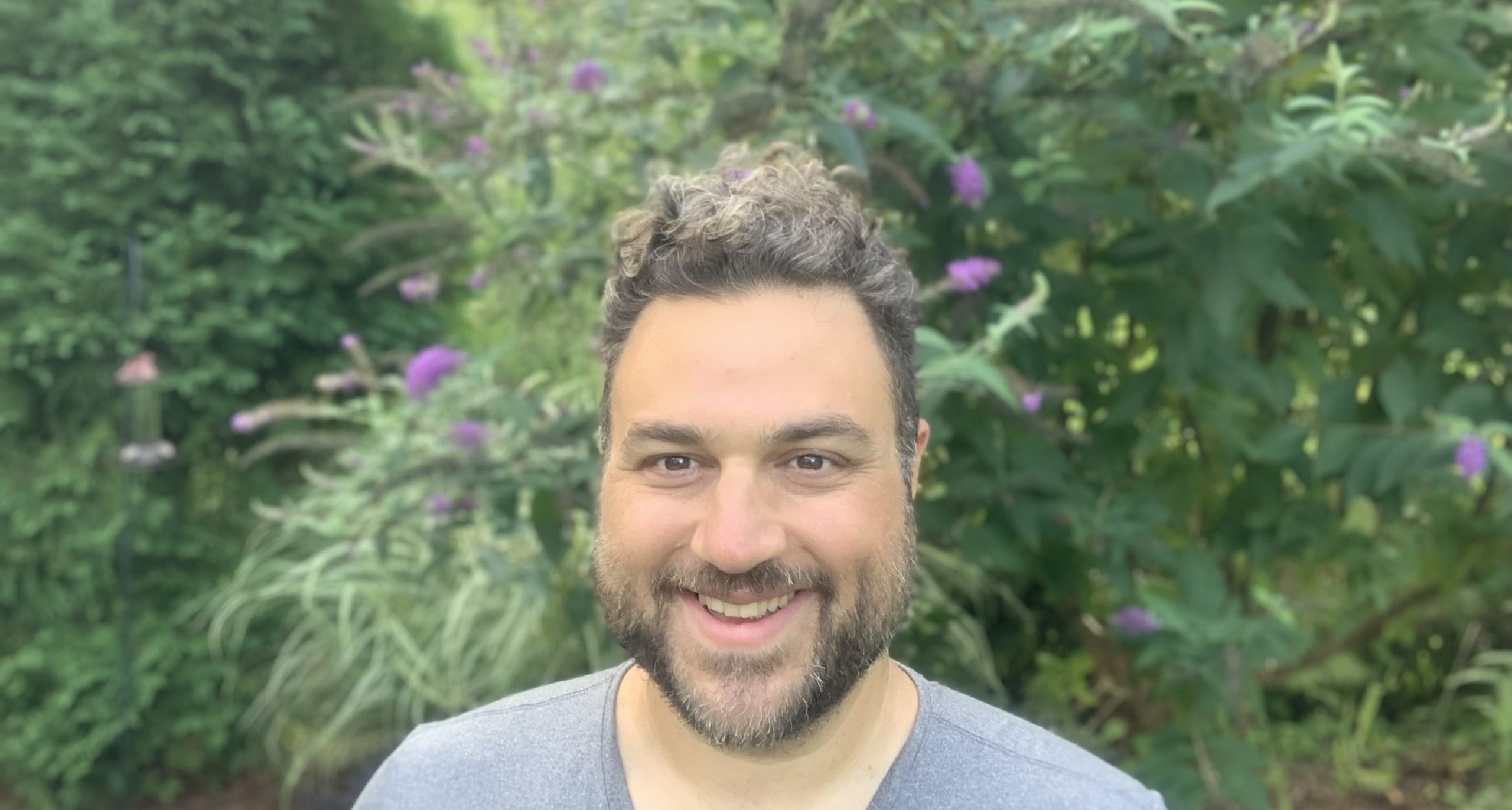Workplace burnout is on the rise, yet we know little about its relationship to anxiety. “The Mind The Workplace” 2021 report found that 83 percent of US workers experience work-related stress, with 71 percent saying they felt their workplace affects their mental health–this is beyond the Sunday Scaries. Worry, rumination, feelings of tightness, and even physical distress can all be related to actual or perceived work requirements, challenges, and stressors leading to work anxiety.
As we learn how our brains work, we can identify anxiety-related habits that might fuel our work anxiety. Read on to learn more about workplace anxiety, how it manifests itself, and how to unwind it to start feeling less anxious and more like yourself again.
How to recognize work anxiety
Anxiety at work generally happens in response to work-related stress. On the other hand, work anxiety tends to develop from work-related stress but persists regardless of your work circumstances.
Recognizing workplace anxiety can be challenging at first, particularly when your anxiety symptoms span beyond the office. Although there is no work anxiety disorder, most people will experience common symptoms associated with generalized anxiety disorders:
-
- Feeling restless or on-edge
- Being easily fatigued
- Having difficulty concentrating
- Having unexplained pains and aches
- Having difficulty controlling feelings of worry
- Having sleep problems
However, when talking about work anxiety, you might:
-
- Feel better at night but more anxious in the morning before work
- Feel physically ill when thinking about work
- Notice your work-related worry thinking
- Find yourself procrastinating more often
- Feel a sense of dread when thinking about work
- Feel overwhelmed when you are at work
- Find yourself avoiding meetings, work events, or new projects
In addition to these general signs, you might also find yourself overreacting to situations at work, focusing solely on negative aspects of your job, or taking too much time off of work.
What causes work anxiety?
Work anxiety and burnout aren’t new. A study of physicians in the 1990s found that the single most noticeable cause of physician burnout was a lack of “perceived control over the practice environment.”
Yet a number of factors can contribute to work anxiety, and as we know today, these can vary from person to person and can also be:
Internal: Nearly one in 20 workers say they’re affected by stress and anxiety on a daily basis. For people with anxiety, these symptoms can accompany them everywhere. Some people might also deal with imposter syndrome, which makes them feel they don’t deserve their level of success.These internal triggers can fuel work anxiety and feed the anxiety habit loop.
External: Some external factors include tight deadlines, a new project, presentations, or other work-related activities that can be uncomfortable for some people. If we don’t learn to work with our brains to break the habit loop, we might not be healthily addressing external stimuli.
Environmental: Some workplace environments have a sense of urgency and might be inherently stressful. This is particularly common in medical environments where decisions can mean the difference between life and death. Over time, chronic workplace stress can accumulate, leading to anxiety.
On top of these causes and conditions, the high demands and inherent uncertainty of some work environments may contribute to excessive worry, a core aspect of anxiety.
How to manage work anxiety
Feeling stressed out at work happens to everyone. But worry that’s persistent and overwhelming can impact your career and wellbeing. Learning different tools to address stress can help if you’re dealing with work anxiety. Here are some strategies to deal with work anxiety inside and outside the office.
1. Map out your habit loop
Before anything, it can be helpful to map out your anxiety habit loop. Dr. Brewer, a psychiatrist specializing in anxiety and habit management, suggests mapping your habit loop with “non-judgmental awareness.” This is an easy way to use curiosity to explore the feelings or sensations we associate with anxiety without judging ourselves.
In the case of work anxiety, mapping out the habit loop would look something like this:
Trigger: Receiving a work email
Behavior: Unhelpful thinking; worrying about an upcoming project
Result: Anxiety
2. Practice acceptance with curiosity
When we get anxious – particularly by work-related triggers – we have a natural inclination to respond with self-criticism. Instead, be gentle with yourself, notice how it feels to accept your experience with self-compassion. When we accept that thoughts and associated bodily sensations of anxiety are present, we can allow these uncomfortable feelings to be, without judging ourselves or fighting the experience.
However, you can’t force acceptance. That’s why Dr. Jud suggests using curiosity. He says: “When you can tap into your own curiosity, it helps you discover how the world works, drawing you in with a childlike wonder.”
When we allow the experience of anxiety to come and go and invite in curiosity in a non-judgemental way, we can begin to step out of the habit causing anxiety and also see that we can ride out any discomfort. Here’s how to practice curiosity:
- Find a comfortable position
- Recall the most recent run-in with work anxiety
- Focus on the behavior itself (excessive worrying, ruminating, avoidance)
- What did it feel like?
- Check-in with your body
- Notice the sensation you feel most strongly right now
- Explore where in your body you feel it most strongly
- What happens when you get curious about these feelings? Do they change?
- Follow each sensation and simply observe them – acknowledge your experience with kindness and compassion
This short exercise helps ignite your curiosity to understand what is happening in your body and mind right now instead of getting caught up in a habit loop.
3. Take a break and breathe
As adults, we are self-conscious about a lot of things. But that doesn’t mean you can’t start practicing curiosity in certain situations. For example, if you’re sitting in a work meeting, there is a good chance everyone is breathing. So, if you catch yourself up in a habit loop, you can use this opportunity to take a break, pay attention to your own breathing, and step out of the habit. Try this:
-
- If you’re already seated, try to find a comfortable posture
- Don’t close your eyes but turn your attention inward
- Ask yourself: how do I know I’m breathing?
- Use non-judgmental awareness to notice the physical sensations associated with breathing
- Continue exploring any other sensations in the body
- Check-in to see where anxious feelings are more strongly
- Breathe into those pockets of anxiety in your body
- Hold your breath for a brief pause and release
- You can repeat this for a few breath cycles – a minute or two. Most likely, no one will notice.
4. Focus on mindfulness training
Several studies have found that mindfulness training (MT) specifically decreases burnout in physicians, considering that reducing anxiety symptoms can help ease burnout symptoms. In a survey of physician anxiety and burnout for our Unwinding Anxiety app, it was found that app-delivered mindfulness training targeted at reducing anxiety showed a 57% reduction in anxiety symptoms.
Mindfulness can be defined as the awareness that arises when paying attention in the present moment, on purpose, and non-judgmentally. Mindfulness can help us change how we relate to anxiety and stress.
5. Practice Noting
Work anxiety can sneak up on you at what feels like the worst time. But, you don’t have to stay stuck in an anxiety habit loop. The more you practice mindfulness training and curiosity, the more you become aware of how unhelpful anxious thoughts are.
A mindfulness practice to strengthen your awareness skills so that you can be more fully present with your experience is called “Noting.”
Noting is a simple practice that helps anchor you in the present moment. Start with your five senses and add a sixth: seeing, hearing, feeling physical sensations, smelling, tasting, and thinking. Name which sense is most predominant at any moment, moment to moment.
As an example, if you notice a worry thought, you may note “thinking,” if you feel tension in your jaw, you can note “feeling.” You can do this practice anywhere at any time, even for just a minute at a time to become more present instead of getting caught up in anxiety habits.
Listen to the full Noting practice:
How Unwinding Anxiety can help you overcome work anxiety
Stress in the workplace is a given for most people. Instead of feeling powerless against the ongoing triggers we’re exposed to, we can learn how to harness the power of our brains to break the anxiety cycle. Dr. Brewer developed Unwinding Anxiety as a step-by-step program clinically validated to help you change your relationship with anxiety.
This app-based program invites you to explore different modules that break down everything you need to understand about anxiety. Each module includes short videos and audio sessions that teach how your mind works around anxiety.
Initial data from the Unwinding Anxiety program shows a 67% reduction in anxiety after three months in a study of anxious physicians. You can also find relief from anxiety with consistent practice and only a few minutes of mindfulness training daily.
Try Unwinding Anxiety first modules to see if the program is right for you. Sign up for a free trial today and start reshaping your relationship with work anxiety.
Sources:
Mental Health America. (2021). Mind The Workplace Health Survey.
Anxiety & Depression Association of America. Highlights: Workplace Stress & Anxiety Disorders Survey.
National Mental Institute of Mental Health. (2021). Anxiety Disorders.
Freeborn DK. (2021). Satisfaction, commitment, and psychological well-being among HMO physicians.
Erin E. (2021). It’s time to let go of the myth that pressure drives performance.
Dr.Jud.com. What Is the Habit Loop?
US Equal Employment Opportunity Commission. Disability Discrimination.
Martín-Asuero, A., & García-Banda, G. (2010). The Mindfulness-Based Stress Reduction Program (MBSR) Reduces Stress-Related Psychological Distress in Healthcare Professionals.
Roy A, Druker S, Hoge EA, Brewer JA. Physician Anxiety and Burnout: Symptom Correlates and a Prospective Pilot Study of App-Delivered Mindfulness Training.



